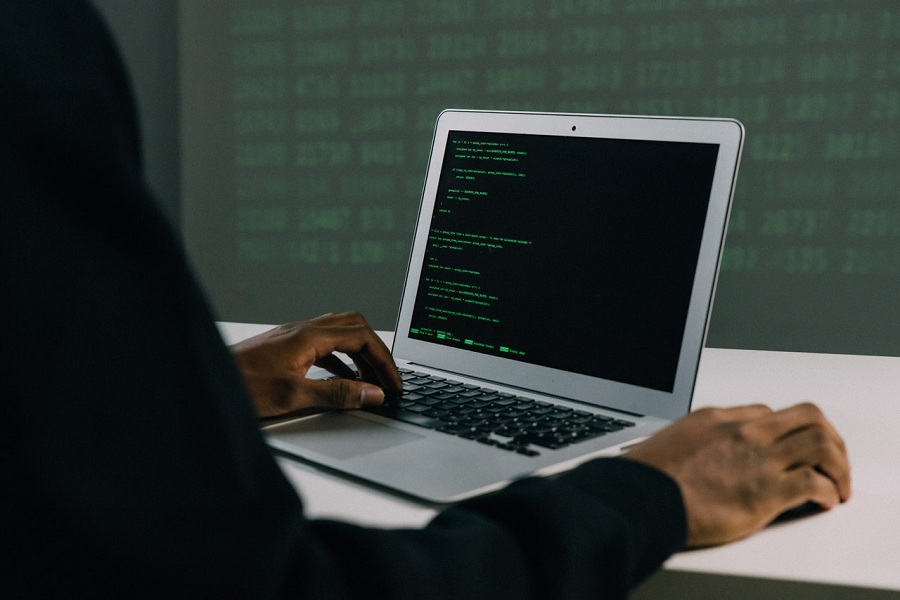Macs come with robust security and privacy tools that you can use to safeguard your computer. However, there is a lot that corporates can do to counter cyberattacks and secure their computers and data. In this article, we shall discuss the best and straightforward tips for securing your Mac.
How to Reinforce a Mac’s Security
Reinforcing a Mac is the idea of configuring your computer’s settings to reduce the chances of various forms of cybersecurity attacks like ransomware or hacking. Strengthening your cybersecurity needs is as crucial as securing your house. By reinforcing your Mac’s security, you will be making it difficult for hackers to compromise it and invade your sensitive data. Leveraging these tips will give you sufficient peace to go about your business.
· Activate Firewall
Mac operating system features a user-friendly firewall that can block potentially dangerous connections from other computers. To activate or deactivate your firewall on Mac, choose System Preferences from the Apple menu. Proceed to the View menu and choose Privacy and Security before clicking the Firewall tab.
Determine whether the orange padlock symbol at the left lower side of your window is closed. Click on it and authenticate using your Mac’s login details. Doing so enables you to make any necessary changes. Click Start (10.6) or Turn on Firewall (10.7 and later) to activate the firewall. Activating the firewall is critical to enhancing your Mac’s cybersecurity. Hackers explore the internet by discharging pings or calls to random PCs and waiting for an answer. Activating your firewall blocks your Mac from responding to such harmful calls. To deactivate the firewall on Mac, click Stop (10.6), or Turn off Firewall (10.7 and later). Remember, disabling your firewall puts all devices that connect to your network at the risk of cyberattacks.
To set up the firewall in Mac, click advanced (10.6) or Firewall Options (10.7 and later). Once a window appears, select any of the following options.
Select “Block all incoming connections” for the severest setting
Select “Automatically allow signed software to obtain incoming connections.” doing so authorizes digitally registered applications to gain access to your network automatically.
Choose “Enable Stealth Mode” to allow your Mac to ignore pings or other software that tries to find your computer.
· Install or Activate Antivirus Tools
Conduct routine antivirus checks for your Mac computer. Do not believe that Macs are not susceptible to viruses, even though that statement is somehow true. Remember, Macs come with an inbuilt malware identification and file quarantine ability. Still, they can be infected with malicious software. The inbuilt malicious software abilities are structured to restrict Mac users from downloading and running malware.
Apple launched malicious software detection with Mac OS 10.6 (Snow Leopard). As a result of the system, also known as XProtect or File Quarantine, Macs cannot open well-known malicious software. Instead, a message prompting users to discard the malware in the trash will be displayed.
Regardless of the robust cybersecurity features, your Mac still needs antivirus software. With so many options in the market today, choosing the ideal option for your needs can be a difficult task. You want to research and check which antivirus for Mac you should use to increase your chances of making an informed choice. As technology advances, cybercriminals are also advancing their malicious tactics. Mac-directed attacks are also becoming popular. The right antivirus software will strengthen your Mac’s security.
To ensure that your Mac malicious software database is updated, confirm whether it installs security updates automatically. To determine viruses, click System Preferences and proceed to “App Store Preference.” Choose “Automatically check for updates and install security updates and system data files” Doing so will secure your Mac from a wide range of malicious software.
· Backup the Mac
Macs come with an inbuilt backup tool referred to as a Time Machine. When you insert a hard drive and activate Time Machine, it operates in the background automatically. It also saves copies of your system files, applications, and files.
Should your disk space run out, Time Machine automatically deletes the oldest files to create room for new ones. All you need to do with Time Machine is activate it, forget, and it will do its work efficiently. To enable Time Machine, you will need to connect an external hard drive to your computer. Ensure the drive you use is almost the same size as the internal drive in your Mac. Remember, Time Machine will consume the entire space on the drive.
Turn Time Machine on and choose a backup destination. Select System Preferences, proceed to Time Machine and enable the switch with your external drive plugged in. Click “Select Disk” to pick your preferred volume or drive for Time Machine. The tool prompts you to confirm whether the disk will be your backup destination before allowing you to encode the backups using a password. You will need to format the Mac OS, and Time Machine will prompt you to do so.
Finally
After reinforcing cybersecurity measures for your Mac, you will be confident that your data is protected from malicious attackers.






